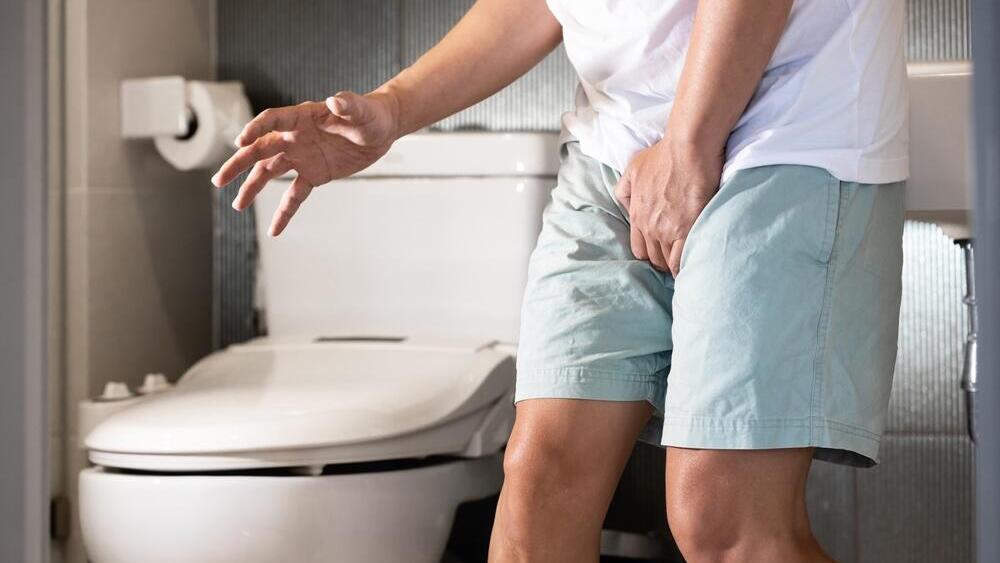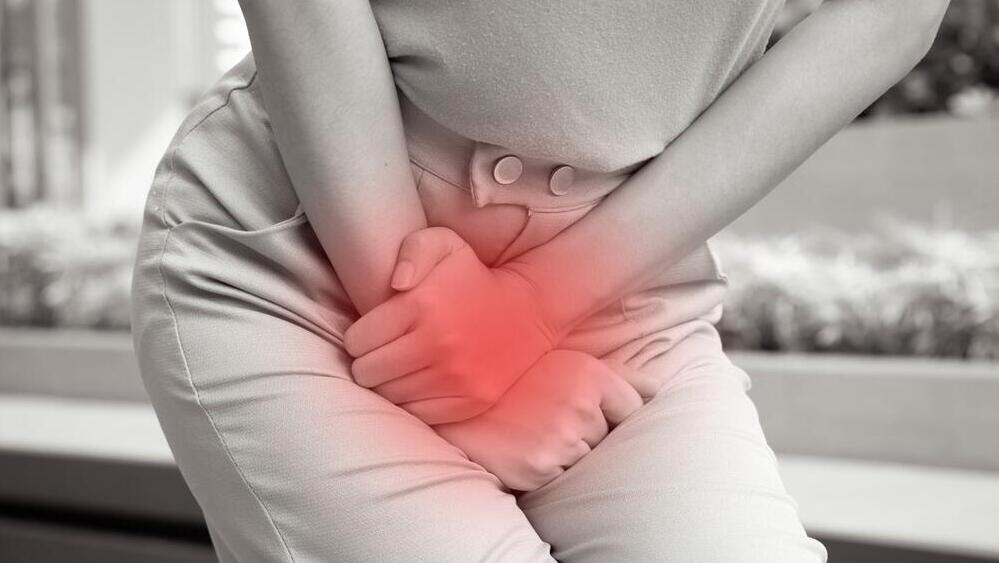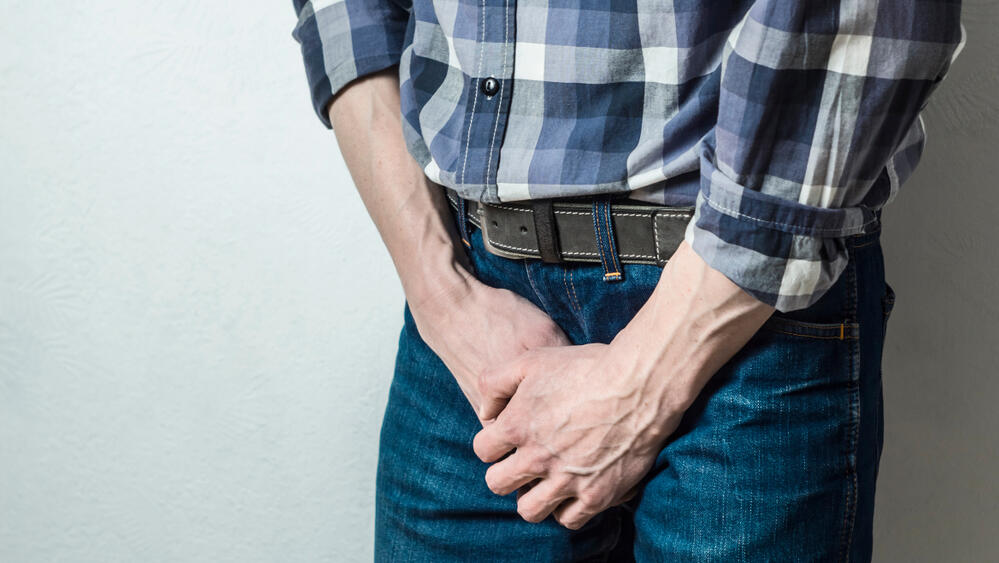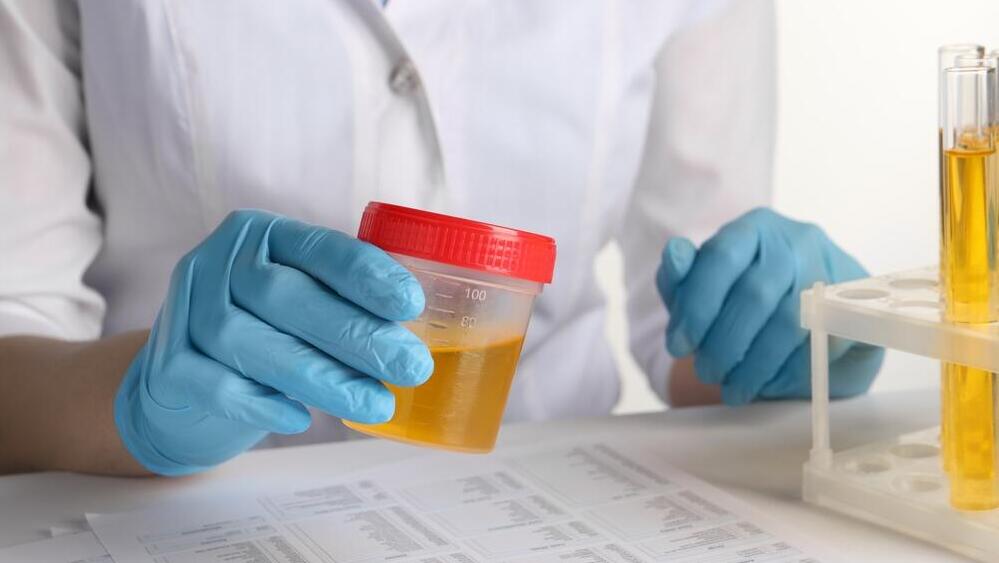Getting your Trinity Audio player ready...
Urinating is a vital function that removes toxic substances filtered by the kidneys from our bodies, highlighting the importance of a healthy urinary system. What should we know about it and its connection to our health?
The urinary system
The urinary system includes the organs that create urine and expel it from the body. It’s divided into the upper urinary system, which includes the kidneys and ureters, and the lower urinary system, which includes the bladder and urethra.
Kidneys: These are paired organs located on either side of the body near the waist. The kidneys remove waste products and excess fluids from the blood, thus creating urine. They are essential for the body's proper functioning, filtering toxins and waste at a rate of 1.2-1.3 liters of blood every minute.
Ureters: The urine produced in the kidneys flows through the ureters to the bladder. The average length of a ureter is 26 cm, but it can range from 22 cm to 30 cm. The ureter is S-shaped as it connects the kidneys to the bladder. Blockage of the ureters causes them to expand above the blockage level and impairs kidney function.
Bladder: The bladder stores urine arriving from the ureters until urination is possible, at which point it empties and expels the urine from the body. The bladder wall consists of three layers of muscle and a mucosal layer that comes into contact with the urine.
This mucosal layer contains "umbrella cells" that prevent urine and the waste products it contains from penetrating the bladder wall. A healthy human bladder can hold about half a liter of urine, with the first sensation of needing to urinate appearing when the bladder reaches about 0.2 liters.
Urethra: The urethra is the final part of the urinary system, serving as the tube through which urine flows out of the body when the bladder is emptied. In women, the urethra is short, averaging 3-4 cm in length, while in men, it is longer, averaging 18-20 cm.
The urination process
Urination is a complex process that requires the proper functioning of the nervous and urinary systems. There are two main phases included in the urination process:
Storage phase: In this phase, nerve activity causes the bladder muscles to relax and the muscles around the urethra to contract to help accumulate urine and prevent its leakage. Additionally, the innervation of the voluntary sphincter also contributes to preventing urine leakage.
Emptying phase: When the bladder is full, the stretching of the muscle in the bladder wall sends a signal to centers in the brain indicating the need to empty the bladder. Upon receiving this signal, the body responds by relaxing the sphincter muscle around the urethra and contracting the muscle in the bladder wall, which ultimately leads to urination. Under normal circumstances, this system can be suppressed to delay urination until one is near a toilet.
Common medical complaints related to the urinary system
Weak urine stream: This indicates a problem with urination that may result from a blockage in the urethra or an issue with bladder muscle contraction. Various reasons can cause urethral blockage, but it’s more common in men due to the presence of the prostate gland, which can obstruct the urethra, and because of the urethra’s length in men.
Complete blockage of the urethra or inactivity of the bladder leads to urinary retention, a condition where no urine is expelled. This condition is often accompanied by a strong urge to urinate and significant pain in the lower abdomen, and it is a medical emergency that requires immediate treatment and bladder drainage.
Frequency and urgency in urination: Most people urinate between 6-7 times a day. Increased urination frequency is characterized by frequent trips to the toilet, which can affect quality of life and daily functioning. This complaint is often accompanied by urgency — difficulty delaying urination when needed.
Nocturia: Defined as the need to wake up from sleep to urinate. Normally, one shouldn’t wake up to urinate during sleep. This is one of the most bothersome and common issues among people with urinary conditions. Besides the discomfort, nocturia can lead to persistent insomnia. Several factors can cause this condition, including increased nighttime urine production, bladder storage issues, or sleep disorders.
Urinary incontinence: This occurs when urine is passed involuntarily and is a common problem affecting both men and women. There are different types of incontinence, including stress incontinence, which happens during exertion and increased abdominal pressure (e.g., sneezing), and urge incontinence, which occurs immediately after a sudden and uncontrollable urge to urinate.
Incontinence can sometimes include both types. This problem can result from weakness or damage to the sphincter and pelvic floor muscles, or from an overactive bladder. Factors increasing the likelihood of urinary incontinence include pregnancy and vaginal childbirth, obesity, a family history of incontinence and older age.
Treatment for urinary incontinence: Treatment depends on the cause of the incontinence and may include lifestyle changes such as reducing the intake of caffeine and alcohol, physical therapy to strengthen pelvic floor muscles, bladder training, various medications, and surgical treatments.
Maintaining a healthy weight, reducing alcohol and caffeine consumption, and performing exercises to strengthen the pelvic floor muscles can improve and prevent the onset of urinary incontinence. If urinary incontinence occurs, it’s important to consult a specialist urologist for examination, determining the cause, and following appropriate treatment.
Pain during urination (Dysuria): This is a sensation of pain or burning that occurs along the urethra or at the opening of the urethra during urination. It’s a common complaint from which most people suffer at least once in their lifetime. The causes of this condition are varied and can include both infectious and non-infectious reasons.
Infectious causes include urinary tract infections and sexually transmitted diseases. Non-infectious causes include stones or foreign bodies in the urinary tract, trauma to the urinary tract, enlarged prostate, and urinary tract tumors.
Certain foods can irritate the urethra and should be avoided in these situations, including caffeinated beverages, potassium-rich foods, and spicy foods. In any case of pain and burning sensation during urination, it’s necessary to see a general physician and a urologist to determine the source of the pain and treat it accordingly.
Change in urine color: Normal urine color is light yellow. The urine’s color results from the chemical Urobilin, also called Urochrome, which is produced from the breakdown of heme — a molecule containing iron that is part of hemoglobin used for carrying oxygen in the blood.
Dark yellow urine may indicate dehydration, orange urine may suggest excessive consumption of carrots or vitamin C, liver function disorders, or the use of certain medications. Green/blue urine may result from eating asparagus, a Pseudomonas bacterium infection, or the use of various medications.
Brown/black urine may indicate liver disorders, consumption of fava beans, and certain medications. Pink/red urine may come from eating beets and blackberries, food colorings, and certain medications.
 Prof. Roy ManoPhoto: Courtesy
Prof. Roy ManoPhoto: CourtesyRed urine may also indicate the presence of blood in the urine (hematuria), a condition that requires consulting a urologist for further investigation due to the potential risk of a urinary tract tumor.
- Prof. Roy Mano is a certified urologist and urological surgery expert, senior advisor at the Tel Aviv Center for Men's Health and attending physician at Tel Aviv Sourasky Medical Center.






